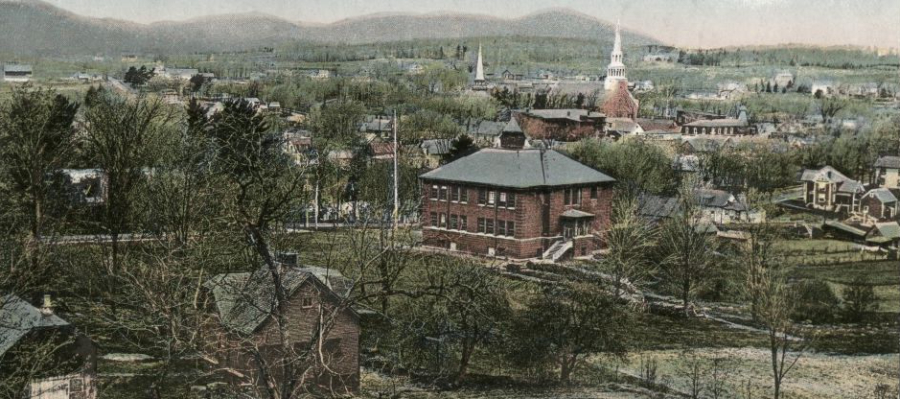
Presented by
Ville de WaterlooDiscover more than 150 years of history in Waterloo, the most dynamic city in the Eastern Townships at the end of the 19th century after Sherbrooke. Here, period houses, places of worship and institutional buildings bear witness to an often overlooked golden age!
EXPLORE
Discover the must-see historical points of interest of Waterloo using the interactive map offered on BaladoDiscovery. This offers you vintage photos and audio capsules read by a dynamic voice concerning each point of interest.
ON SITE
Live an authentic experience beyond anecdotes. This tour guides you and lets you discover the treasures of Waterloo on site, off the beaten track. It is recommended to walk and use headphones.
OPTIMIZED EXPERIENCE
Use of the BaladoDiscovery App is recommended (rather than the website). It allows you to preload the circuit in your smart device (Preload option), then access its content in the field without an Internet network, in addition to locating yourself in real time on the map.
CONTEXT
Heritage homes, places of worship and institutions are evidence of a golden age that has often fallen by the wayside.
Following the creation of the United States of America, residents of the old colonies who remained faithful to the British monarchy were able to acquire land in Quebec. The township of Shefford was attributed to a group of some thirty settlers, including Ezekiel Lewis. He is the one who built the first sawmill here in 1793, beside the Yamaska river.
A few real estate deals later, the hamlet of Lewis’ Falls became the property of Hezekiah Robinson in 1822. He renamed the spot Waterloo to commemorate Napoleon’s defeat in 1815.
He built the first general store, and then more mills were built on the banks of the Yamaska river. Waterloo rapidly became the county seat for Shefford. The town became an independent municipality in 1867.
Waterloo’s greatest economic growth came with the arrival of the railway in 1861. From that date and until 1890, the town experienced unparalleled industrial and commercial expansion. Thanks to the railway, access to supplies and exporting goods became a lot easier, and established companies such as the Waterloo Iron Works, the Shaw tannery, Waterloo Boots and Shoes, and Roxton Mills and Chairs Manufacturing Company benefited greatly.
There was a population boom: between 1861 and 1875, the town grew from 400 to 2,500 residents. There were as many as forty new homes built per year! Industrialists, merchants, lawyers, and doctors were wealthy enough to buy homes that reflected their standing.
After Sherbrooke, Waterloo was the most dynamic town in the Eastern Townships at the time. In the late 19th century, the town could boast four churches, one courthouse, a public market, its own branch of the Eastern Townships Bank, and a variety of shops worthy of any bigger city.
The grand hotels and factories have disappeared over the years, but the town still has several majestic homes and institutional buildings that, even in very recent history, made its residents proud. It’s your turn to discover them, now.
Are you ready for a trip through Waterloo’s history?
Welcome to Waterloo!
CREDITS
Société d’histoire de la Haute-Yamaska
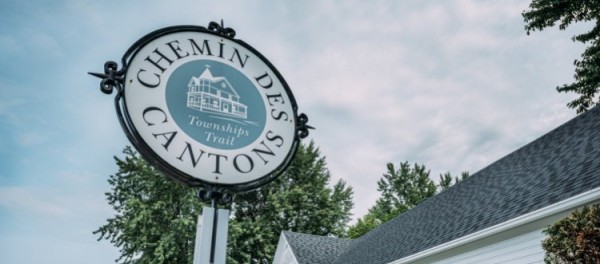
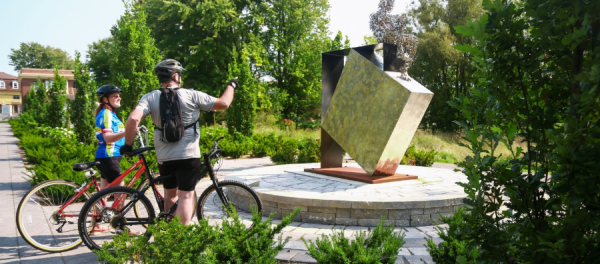




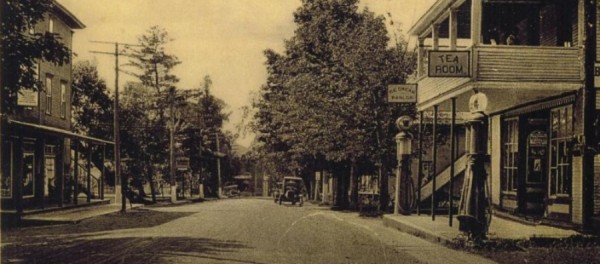
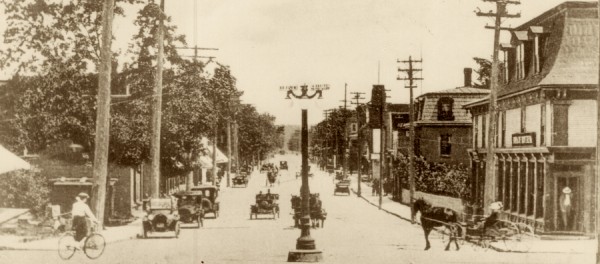
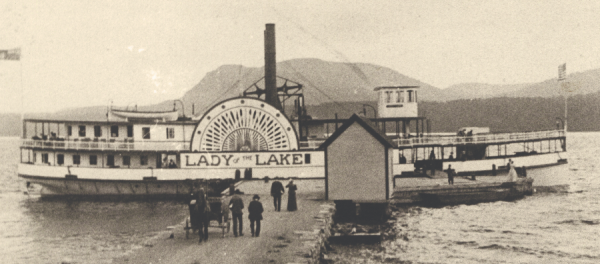
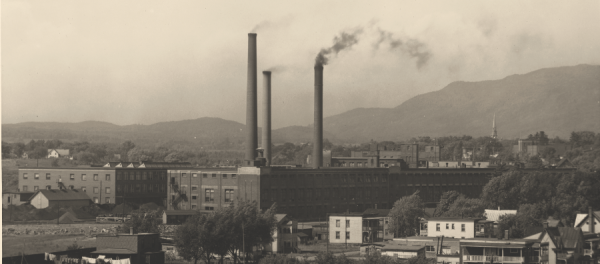
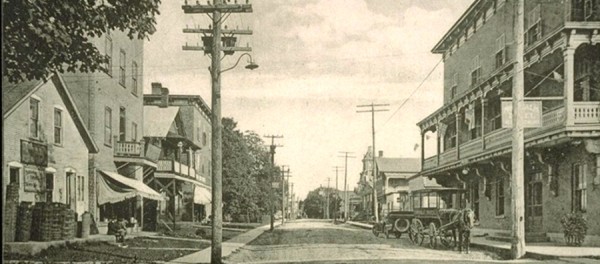
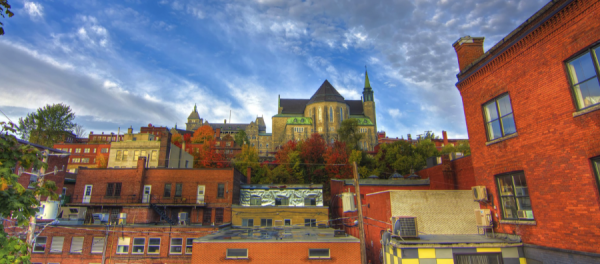
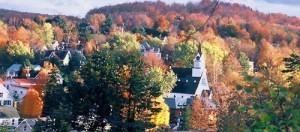


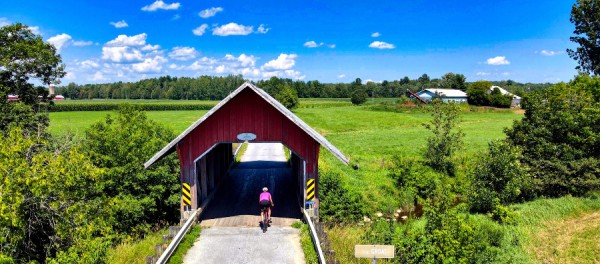
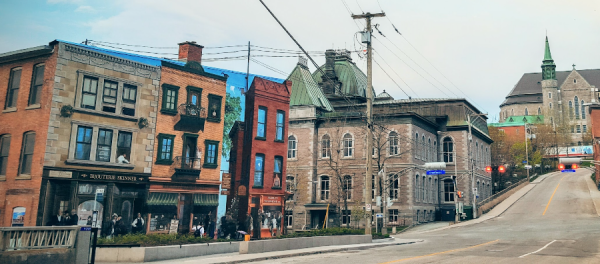
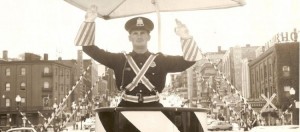


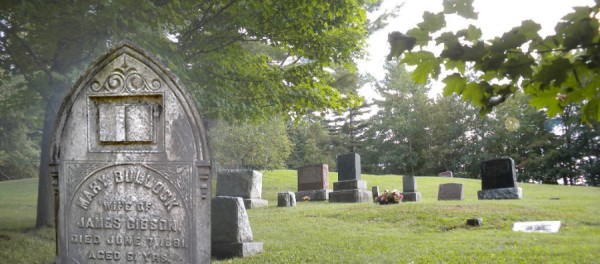
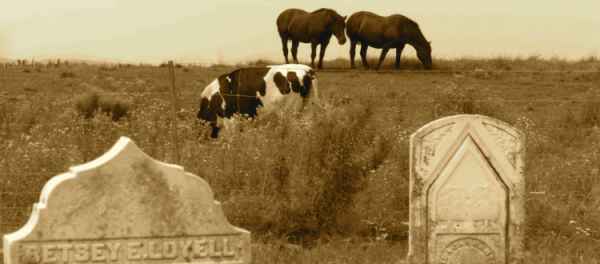
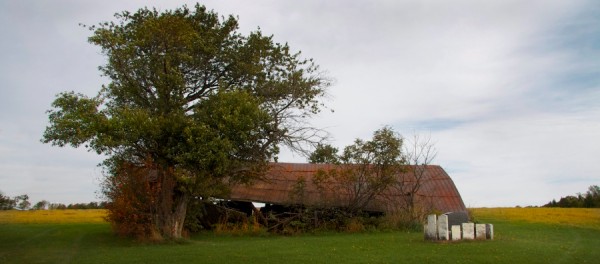
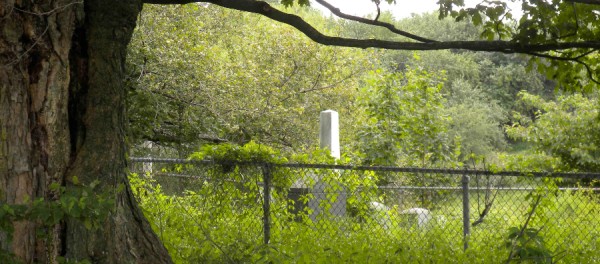
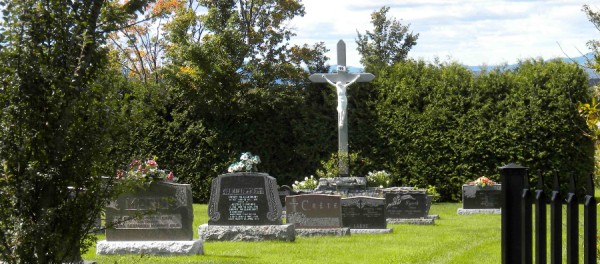
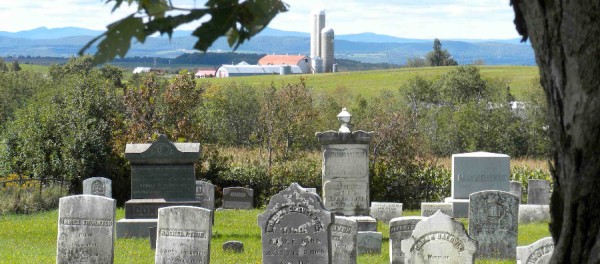
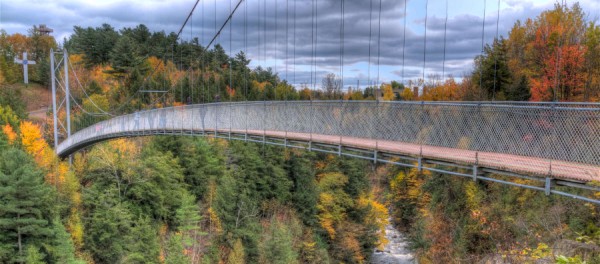
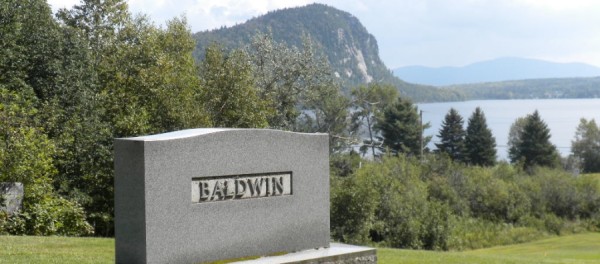


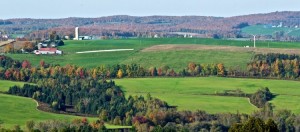
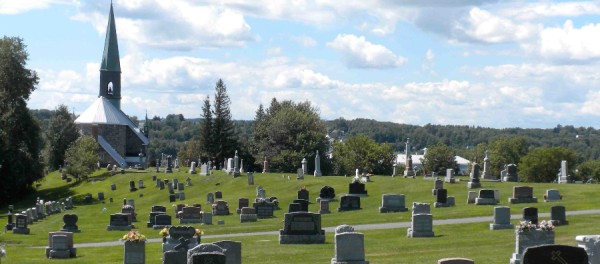
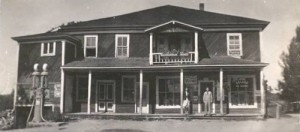
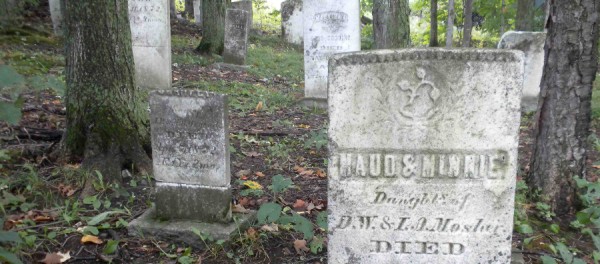

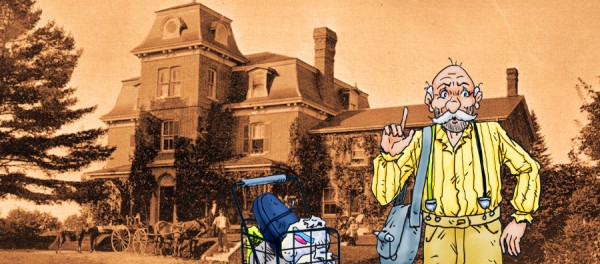
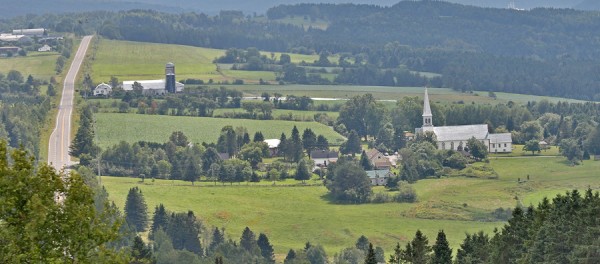
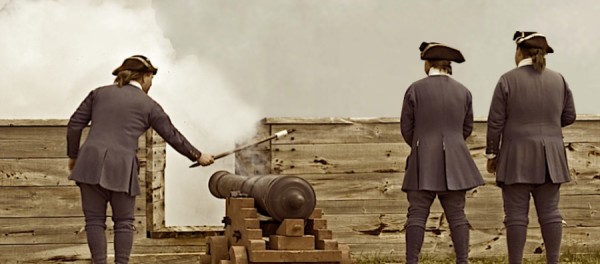
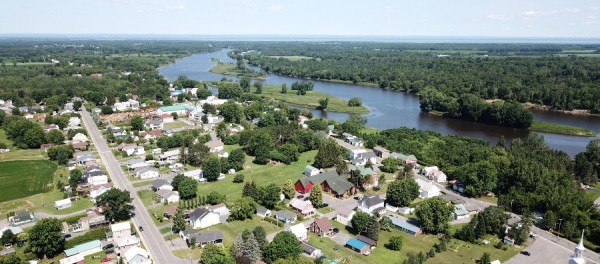

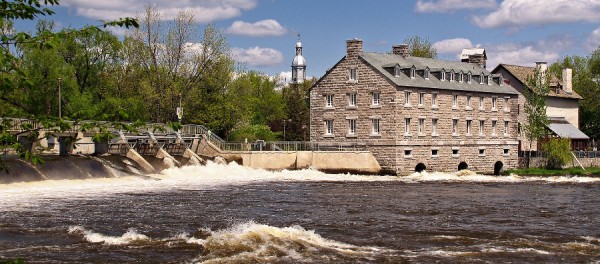


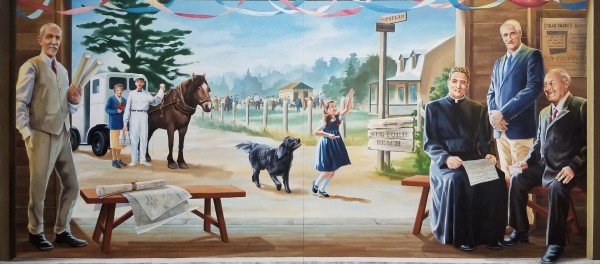
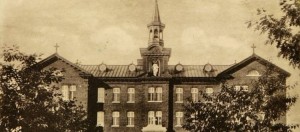

Comments
Waterloo - On our Founders' Trails